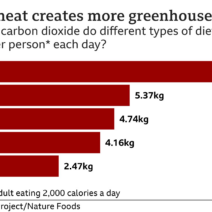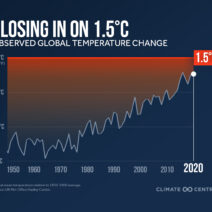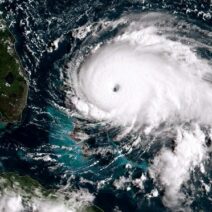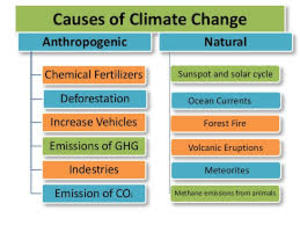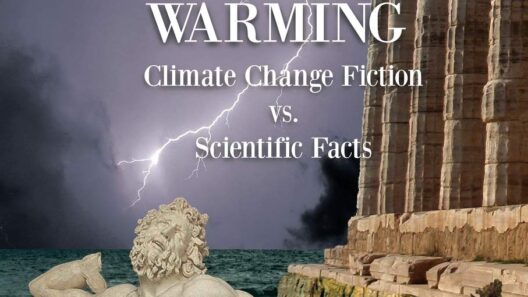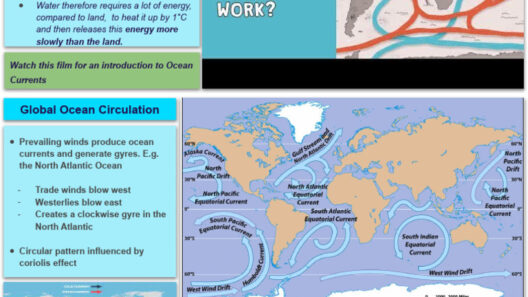Climate change is arguably one of the most pressing concerns facing humanity today. But have you ever pondered what really contributes to this complex phenomenon? While it may seem easier to scrutinize the natural world for answers, a closer examination reveals that the primary culprits are often human-induced activities. This discourse delves into the myriad factors driving climate change, both anthropogenic and natural, and presents the essential question: Are we ready to confront the multifaceted challenge of climate change?
In dissecting the human factors, it is vital to recognize the profound impact of industrialization. The Industrial Revolution marked a significant turning point in our relationship with the environment. As factories sprung up, burning fossil fuels like coal, oil, and natural gas became the norm. This shift not only hastened economic growth but also unleashed vast amounts of carbon dioxide and other greenhouse gases into the atmosphere. The consequences of this relentless fossil fuel consumption create a layered dilemma for future generations.
Another significant contributor is deforestation, which is alarmingly linked to agricultural expansion and urban development. Forests, often referred to as the planet’s lungs, play a critical role in carbon sequestration—absorbing CO2 from the atmosphere. Yet, every year, millions of hectares are razed to make way for agriculture, particularly livestock production and palm oil plantations. The loss of these vital ecosystems exacerbates climate change, as fewer trees means increased carbon levels and diminished biodiversity.
Consider the transportation sector, a veritable juggernaut of greenhouse gas emissions. With an ever-expanding global population, reliance on automobiles and air travel continues to escalate. Each vehicle and airplane releases a plethora of pollutants, significantly contributing to global warming. As cities grow, so does traffic congestion, leading to inefficient fuel use and more emissions. Are our advances in technology capable of mitigating this challenge, or are we merely postponing the inevitable?
Furthermore, waste management practices play a critical role. From landfills that emit methane—a potent greenhouse gas—to excessive consumption patterns that promote wastefulness, the disregard for sustainable practices creates ripple effects. Landfills can be seen as silent yet hazardous contributors to climate change, producing emissions that can be more harmful than those generated by fossil fuels. Could smarter consumption and waste reduction strategies curb this insidious source of emissions?
Human activities aside, natural factors also intertwine with climate dynamics. Volcanic eruptions are a prime example. Enormous quantities of ash and sulphur dioxide can be propelled into the atmosphere, leading to short-term cooling effects. However, this phenomenon is temporary. The long-term trajectory follows a different route, revealing how intertwined human actions and natural occurrences become over time. Can we disentangle ourselves sufficiently to understand the full scope of the issue?
Solar radiation variations further complicate the narrative. The sun’s cycles can lead to fluctuations in the Earth’s climate system. While these changes occur over millennia, they can impact terrestrial temperature patterns. The question thus arises: should we engage more rigorously with such astronomical phenomena, or is it naive to consider them trivial in the face of human impact?
The role of ocean currents cannot be overlooked either. These currents are vital in regulating global climates. However, as temperatures rise, they are being disrupted, leading to erratic weather patterns. The resultant alterations in marine ecosystems have profound implications. Is it realistic to expect human stewardship to curb the natural upheaval wrought by the climate crisis?
In addition to these factors, it is important to challenge the perception that climate change is a distant problem. The connection between climate change and extreme weather is already apparent—hurricanes, droughts, floods, and wildfires have all intensified in frequency and severity. The economic toll is staggering, but perhaps the most devastating impact is on human lives and communities. Are we prepared to face the consequences of our inaction?
With the global landscape shifting dramatically, adaptation and mitigation strategies are urgently needed. Transitioning to renewable energy sources such as solar, wind, and hydropower can bring about significant reductions in greenhouse gas emissions. Engaging in afforestation and responsible land-use practices will help preserve the ecosystem’s integrity. Innovative waste management solutions, along with public awareness campaigns, can reshape societal attitudes toward consumption and waste reduction.
Yet, it is not enough to merely promote solutions; cultural paradigms must shift. Societal values and behaviors are deeply entrenched in individualism and consumerism. Thus, public policy must facilitate a transition towards sustainability. Embracing a collective responsibility is essential. This transition must engage communities and prioritize education on environmental stewardship, as well as governmental accountability in climate action. Will we rise to meet this societal challenge, or will we languish in complacency?
In conclusion, the multifaceted nature of climate change arises from both human and natural causes, each contributing significantly to the symptoms we face today. A dual approach, recognizing the interplay between anthropogenic activities and natural phenomena, is crucial to understanding and combating climate change. The evolving climate narrative poses a formidable challenge to humanity—will we look inward and confront the causes we can change, or will we allow inertia to dictate our trajectory? The time to act is now; the fate of the planet hinges on our collective response.
